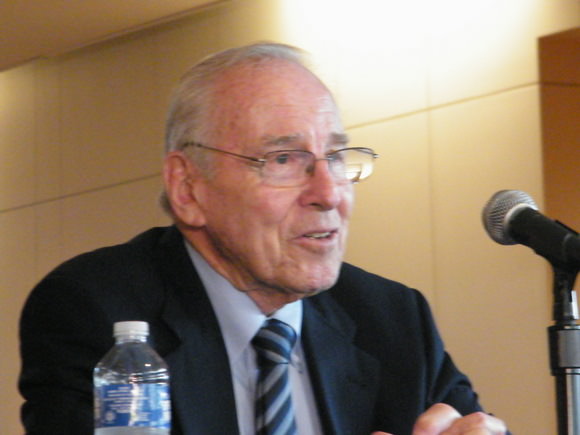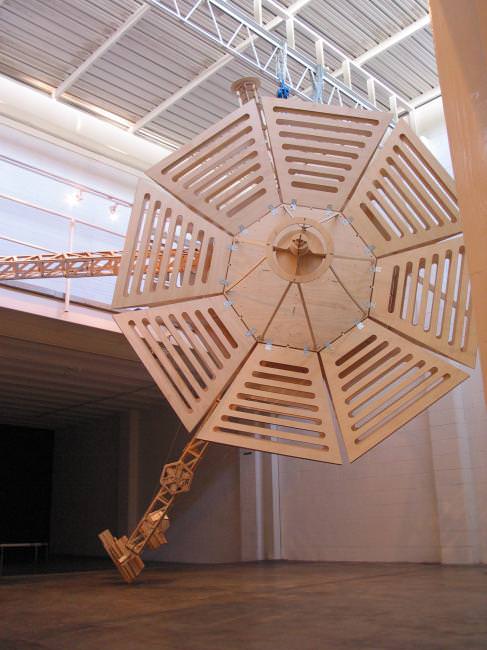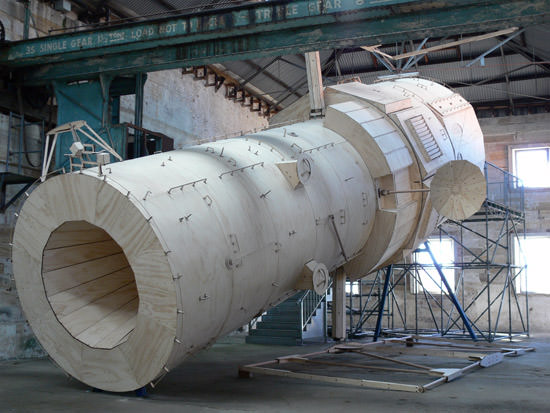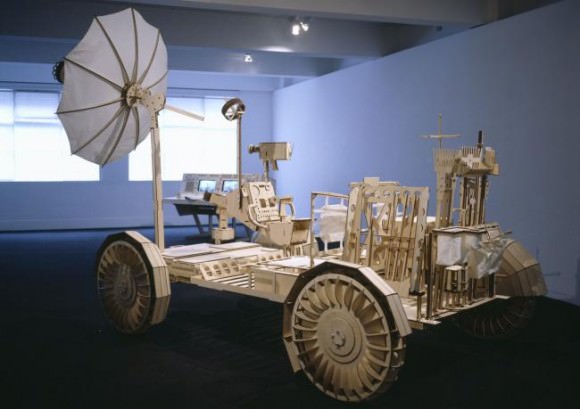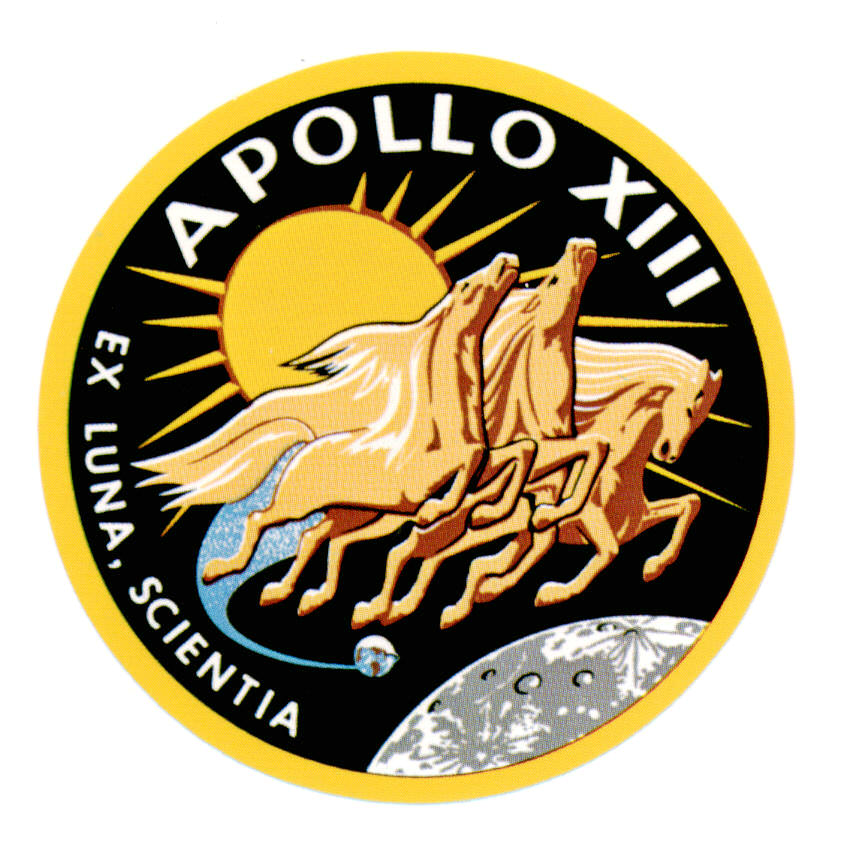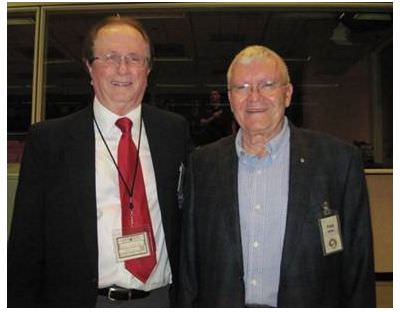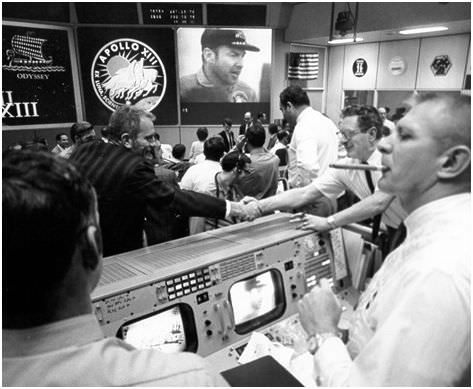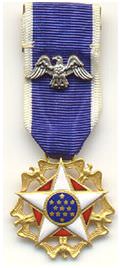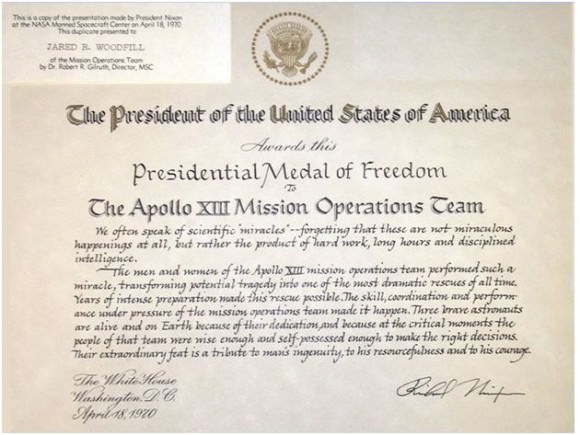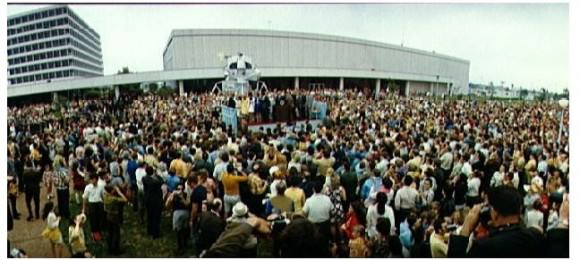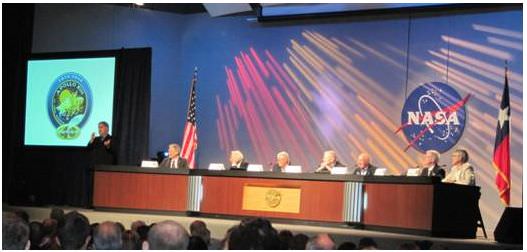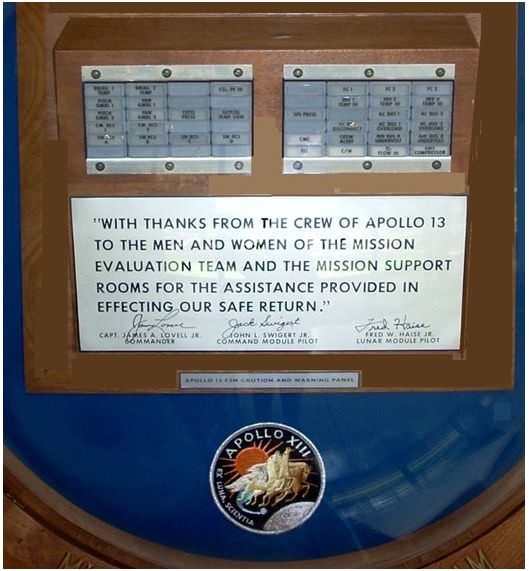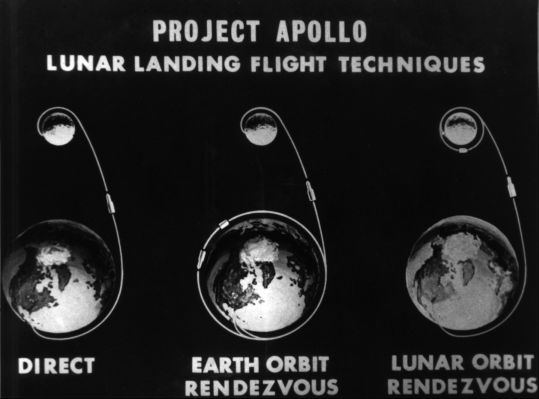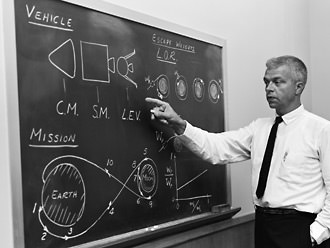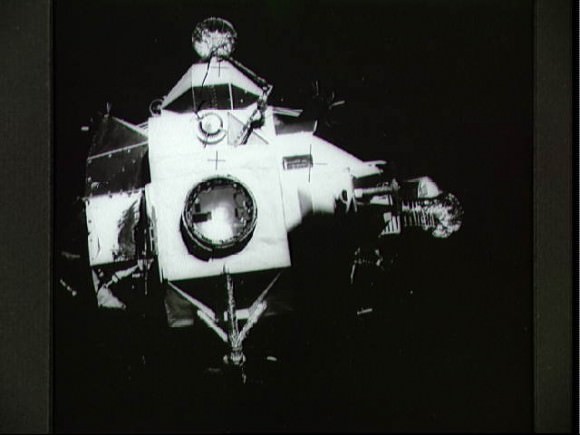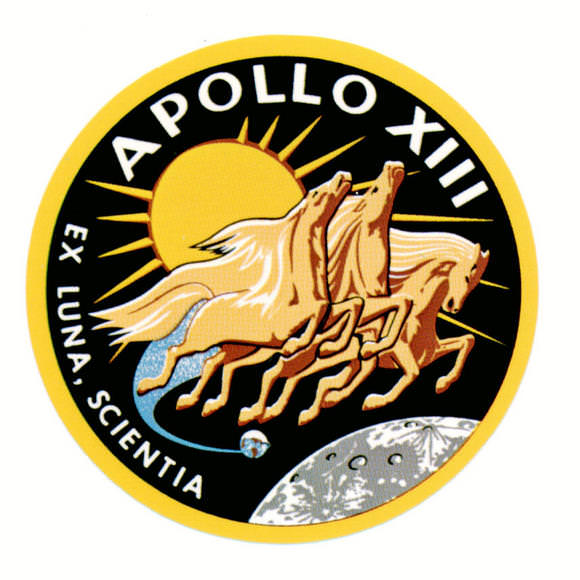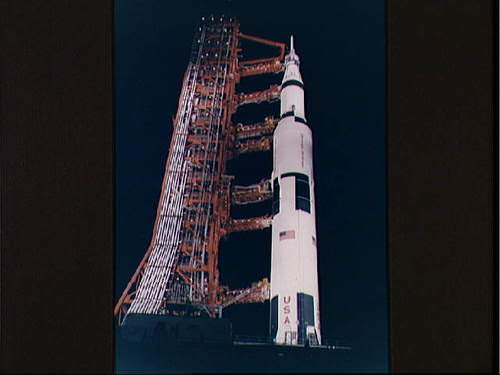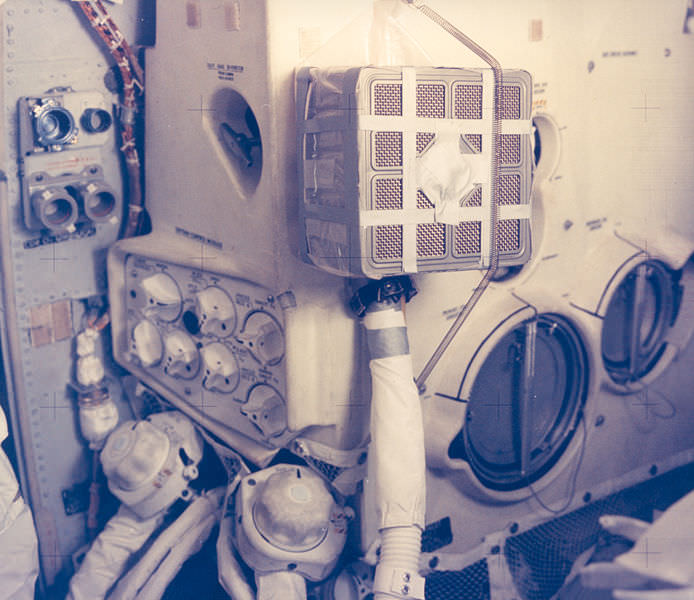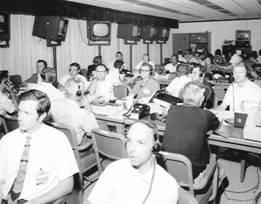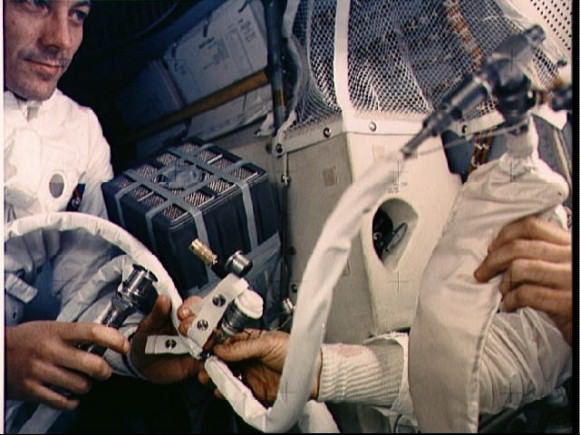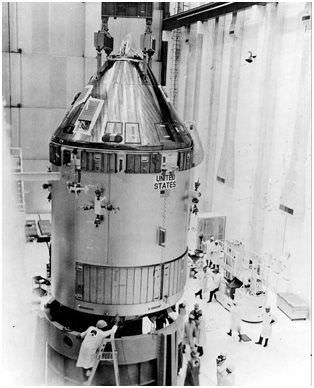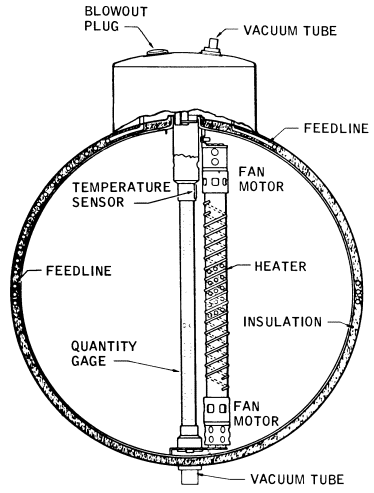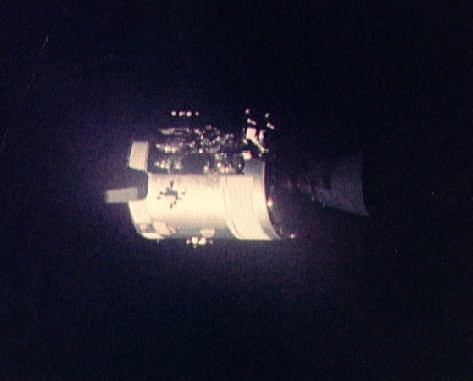[/caption]
Springfield, Illinois is a quiet, historic town that clings fervently to its association with Abraham Lincoln. If you want Civil War era history and desire to know anything about Lincoln, you can find it in Springfield, especially at the outstanding new Abraham Lincoln Presidential Library and Musuem.
So, it’s not often that an astronaut shows up, especially a former astronaut with his own unique kind of history such as Apollo 13’s Jim Lovell. But Lovell is in town this week, as he was awarded the Lincoln Leadership Prize, an honor given by the museum’s foundation to “exceptional men and women for a lifetime of service in the Lincoln tradition.” Still a commanding figure at age 82, Lovell chatted eloquently and easily with members of the press yesterday, and since I live in Springfield and am a member of the press, you can bet I was there. It was an honor to be able to talk with him.
Lovell toured the museum earlier in the day, and said, “It is a magnificent museum and library dedicated to one of our greatest presidents, and every American should have the chance to come here in order to get a good idea of what our country stands for and what the people in the past, like Abraham Lincoln, have done to make it a great country.”
Lovell said he was very honored and humbled to be the recipient of the Lincoln Prize and said what he has learned from Lincoln over the years is commitment. “Commitment is necessary if you are going to do anything great, like Lincoln, who committed himself to stand fast,” he said. “I enjoy the aspects of what the Lincoln Prize recognizes, and to be a recipient, well, it has a very special place in my heart.”
Of course, readers of Universe Today are familiar with Lovell’s history: a test pilot in the Navy who applied to become one of the original seven Mercury astronauts (“back when boosters were blowing up every other day at Cape Canaveral,” Lovell said). He didn’t make initial selection, but two years later when NASA needed more astronauts, Lovell was chosen. He flew two missions for Gemini, then Apollo 8 and Apollo 13.
Lovell called Apollo 8 the pinnacle of his career. “I am really proud to be one of three people that flew and circled the Moon on Christmas Eve in 1968,” he said, “and we were able to relay back — not to just the people of the United States, but the whole world — something positive after a rather dismal year.”
At the museum Lovell found out that the person who portrayed him in the movie “Apollo 13” – Tom Hanks – is a distance relative of Abraham Lincoln, “so I guess he had a bit of Lincoln in him too, and he was a great character to work with.”
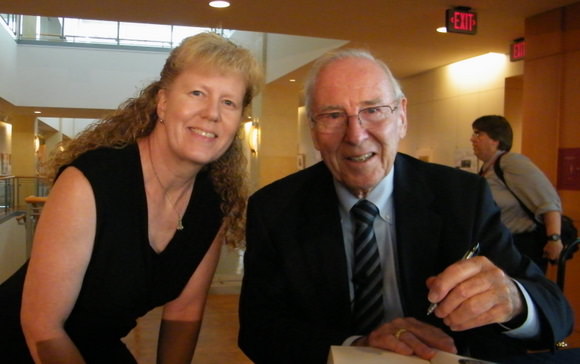
Following is part of the conversation with Lovell:
On the topic of commitment, do you think the United States is committed to human spaceflight?
Lovell: My personal opinion is that I believe the US has a very strong committment to continue our space exploration. Unfortunately, our present administration doesn’t believe that. The proposed NASA budget for 2011 eliminates the forward efforts of manned spaceflight. It goes for general research and other things. I don’t think they actually remember that NASA was formed to explore space. Consequently there is a possibility that we might be number three or four in space exploration in the future. As you know there about 2 or 3 shuttle flights left. After that the US has no access to the International Space Station, which all our taxpayers have put a lot of money into. If this plan goes forward, the only access in the future will be the Russians and they have indicated that the cost per astronaut per flight is about 60 million dollars, which is a pretty high ticket price to get there.
I think Congress sees the danger of the present proposal of NASA’s 2011 budget and based on that they are now in session both in the House and Senate to try and modify the President’s proposal to continue in some aspect manned space efforts to design vehicles to get up to the International Space Station, sometime in the near future. Hopefully Congress will get together and come up with a compromise. I personally feel the President has so many things weighing on his mind right now that he will go along with Congress’ proposal and it will be better than the initial budget that he proposed to the American people some months ago.
Universe Today: Do you have confidence in the commercial space companies that could bring people to space?
That’s a good question, because part of the new proposal is putting efforts and money into developing commercial spaceflight. Now, you have to look at what the definition of commercial is. In my mind, commercial is when an entrepreneur sees an enterprise to develop a launch system and spacecraft to get into space. He gets his own resources, does the development to build and test his system, makes it man- rated and then proposes his vehicle and system to NASA, or to the FAA if he wants to use it for tourism to space. This is what I consider commercial.
Now, a government program is where the government puts all the money into it and develops and builds it. Within the government, we have the free enterprise system, the private sector where we have contractors to do that. Boeing, Lockheed, General Dyamics, and so on. These people have 40 or 50 years in the development of space artifacts, launch systems, spacecraft. To put government money into a new system for unproven vehicles is today, a waste of money.
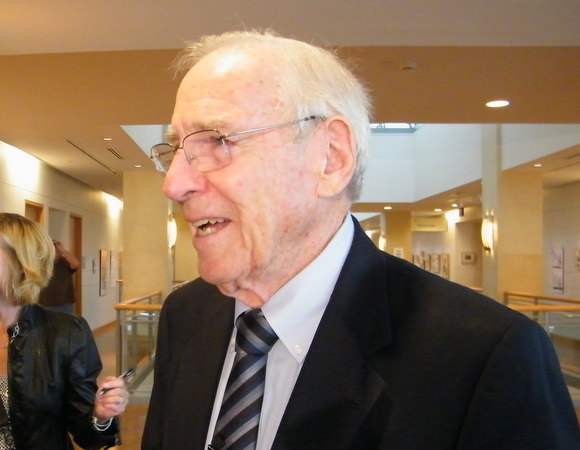
Boeing is now thinking of going into commercial work. They have the expertise to do that. But not some of the newer people like SpaceX, although they did build a nice booster that made one flight. But if they could build it on their own and make it man-rated and have a suitable launch to system to go the ISS, more power to them. I’m sure NASA would contract with them. But we have limited amount of money to spend for space activities, and it seems to me the best place to put it would be with the people who have the knowledge and expertise and the history of what it takes to build a launch system.
There are a few companies that are looking at suborbital flights, such as Richard Branson’s company (Virgin Galactic) who wants to expand what Burt Rutan has done to give people 5 or 6 minutes of weightlessness. Jeff Bezos of Amazon.com is another (Blue Origin). They are really entrepreneurs. If they can build their vehicles and systems and they think there is a market for tourism, then that is the way to go.
I’m all for commercialization. A lot of times people compare this to the work that the NACA did to help the airline industry – to develop wing designs and things like that—but the aviation industry in the early days saw a good market, because they knew either commercial flights or military vehicles would provide a market, so there was an opening there.
If you look at commercial space companies, as far as orbital, you have to ask what can people do there? There’s only one place to go in orbit, that’s the ISS. The Russians are already there. The Chinese are talking about building a space station, but there is no other manned market for commercial orbital spaceflight. Now there are a lot of unmanned commercial operations: satellites for the military, GPS, communications, weather – there’s a lot that can happen there and can happen in the future. I think the Boeing vehicles have made over 80 commercial flights putting satellites in orbit.
But low Earth orbit for people – where do you want to go? Unless you have tourists that want to go around the Earth or go to the ISS, there really is not a market, except for the market of the government to put astronauts up in the ISS.
What is the benefit to be gained from manned spaceflight that would outweigh the costs in these tough economic times?
Lovell: That answer is the same as it was back in the days of Mercury, Gemini and Apollo.
One, is the technologies developed. It used to be the only way there was technology development was if there was a war. When NASA came along the technology it developed spilled over in the public sector and you can see what has happened today, especially in the information industry.
The second thing you have to remember is that there was a spur of education. When Russia put up Sputnik, everyone asked how they did it and why we didn’t. And this spilled over into education. I can’t tell you how many people who have told me that when they were young they followed the space program and that affected their choice to go into engineering or science.
Then, there is idea of what we can do as the human race. The world is getting smaller. We can’t do things in space much on our own anymore, and so we have to work together. We now have an International Space Station, 16 countries working together in a program that is not controversial at all. It works. We’re getting to know other countries. We have a common bond.
As of now China is working on their own, but if they accomplish what they want to do, they might join the consortium of the other countries working together.
Now, the idea of manned spaceflight, even though if you pin me to wall, and ask, “OK, we want to go to Mars—why? What will we do there?” Honestly, I can’t tell you. I don’t know.
But I have to tell you one thing. Somebody is going to go to Mars. The technology is here. It is just the time effort and money to make that a possibilty. The original Constellation program that we had carefully devised and developed over years to build a vehicle to get us up to the space station because the shuttle would be retired, and then build the Ares boosters to work our way eventually get us back to the Moon, using that infrastructure to fully explore it – we’ve only touched a small part of the Moon so far – and then after years of developing that to eventually get the architecture and infrastructure. That was the whole plan. It wasn’t a plan to get to Mars in 10 years or 15 years, it was plan to get to one spot, and work your way to the next spot. And there would probably be a consortium of countries working with us. And that was the whole plan that the President shot down. He mentioned something about someday we’d get a big booster. When? You have to have a program to develop the technology. He wants to develop technology and then figure out what kind of program to have. That’s the wrong approach. That’s putting the cart before the horse.
If money was no object and the President said we could go either to the Moon or Mars, what would you recommend?
Lovell: I would tell him to go back to the program we had developed for Constellation. Now, there has been some controversy, even among my own compatriots. Some say we’ve been to the Moon- we’ve done that, so let’s go on to Mars, or let’s go on to an asteroid. That’s all well said and done.
We were extremely fortunate in the 1960’s to develop Apollo and to have the accomplishments we did. I was amazed when I heard President Kennedy announce in 1961 that we were going to go to the Moon by the end of the decade. I said, that’s impossible. So if I say that I don’t know what we’d do if we go to Mars, I might be sadly mistaken and someone might get there before we ever thought it was possible.
But I think you have to do it step by step, to develop it and then go.

